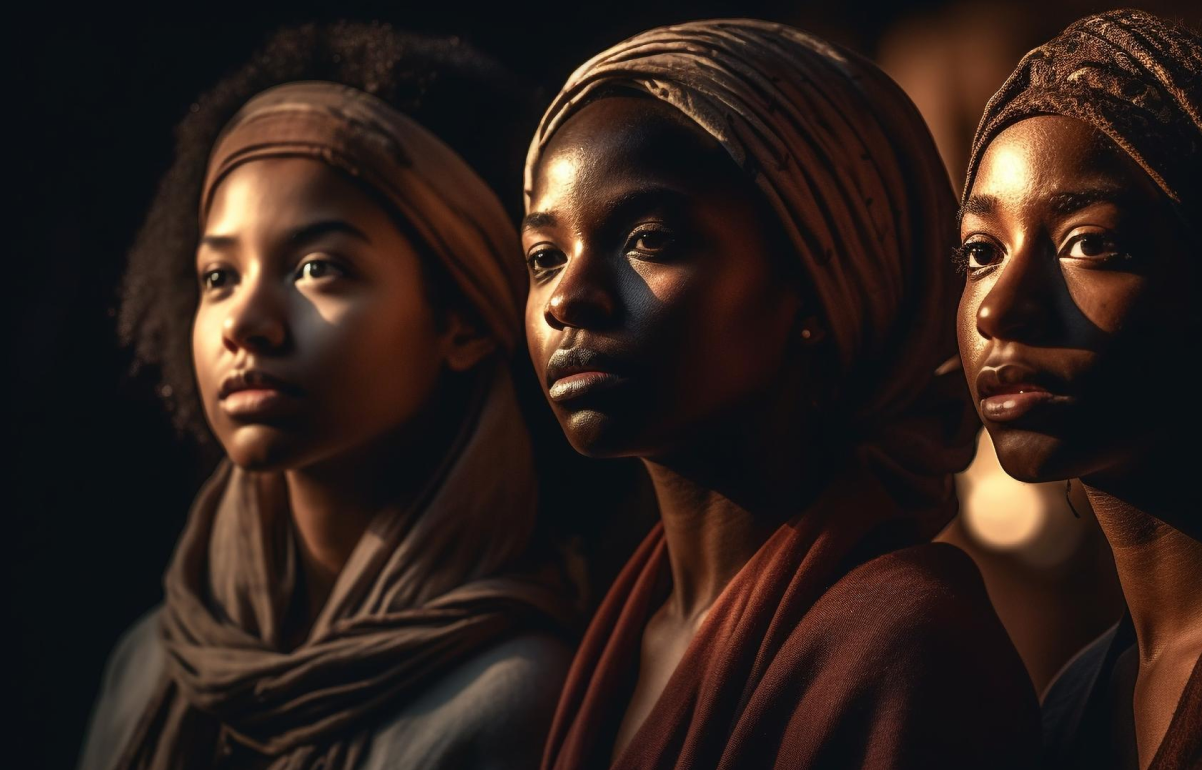Windhoek, also known by its more traditional names—|Ai||Gams (in the Khoekhoe language) and Otjiomuise or Otjoherero, all of which mean “place by streams”—is the capital and largest city of Namibia, as well as its cultural and economic center. Though likely named for the mountain ranges near the home of its founder, South African Capt. Jonker Afrikaner, Windhoek’s name was officially changed to “Otjomuise” as a part of a broader Africanization plan for many of the more important cities and towns across the country.
The city was established around 1840 near a permanent stream by Capt. Jonker Afrikaner after building a stone church at the site. Originally peopled by San, Khoi Khoi, and eventually the Bantu, who all fought each other for ownership, it was particularly favored by the Khoisan ethnic group (the Nama), by the Bantu group (Herero), and by the Dutch colonialists for its proximity to 12 fresh water streams: the streams allowed for crop production, which would have been otherwise impossible under Windhoek’s semi-arid, dry climatic conditions. The original settlement of Windhoek was destroyed during several wars and battles between its ethnic and religious groups and had to be founded again by Imperial German Army Major Curt von François in 1890. At this point the Germans claimed all of Namibia as part of the 1885 Treaty of Berlin, which partitioned Africa.
Windhoek grew in size as Europeans and Africans migrated to its burgeoning center, which was ringed by three European-style castles: Heinitzburg, Sanderburg, and Schwerinburg, and also by the Alte Feste (The Old Fortress), which was built by Major von François. The German era ended, however, when the city was captured by South Africans on behalf of the British Empire in May 1915. Military rule was instituted and growth came to a halt. The city began growing again after World War II. That growth included the construction of the world’s first potable reclamation plant (Goreangab Reclamation Plant, built in 1958) which treated and reused domestic sewage for drinking water.
When Namibia gained its independence from South Africa in 1990 after a bloody civil war, Windhoek was named the new country’s capital city. Though nearly encircled by rocky cliffs on three sides, the City Council annexed land to the north, with the last major expansion taking place in 2012. As a consequence of these annexations, Windhoek is the world’s third largest city by area, covering 1,982 square miles. It is home to two airports (Windhoek International Airport and Eros Airport), and to numerous protected historical buildings and museums.
In 2012, the population of Windhoek exceeded 300,000 people of varied ethnicities: 67% were black, 16% white, and 17% were Cape Colored people of mixed racial heritage. The city has been growing at a rate of 4% annually, with a growth rate as high as 10% in the various informal settlements around it. After independence, the new government adopted English as its language of operation, though Afrikaans is still used as the lingua franca.

